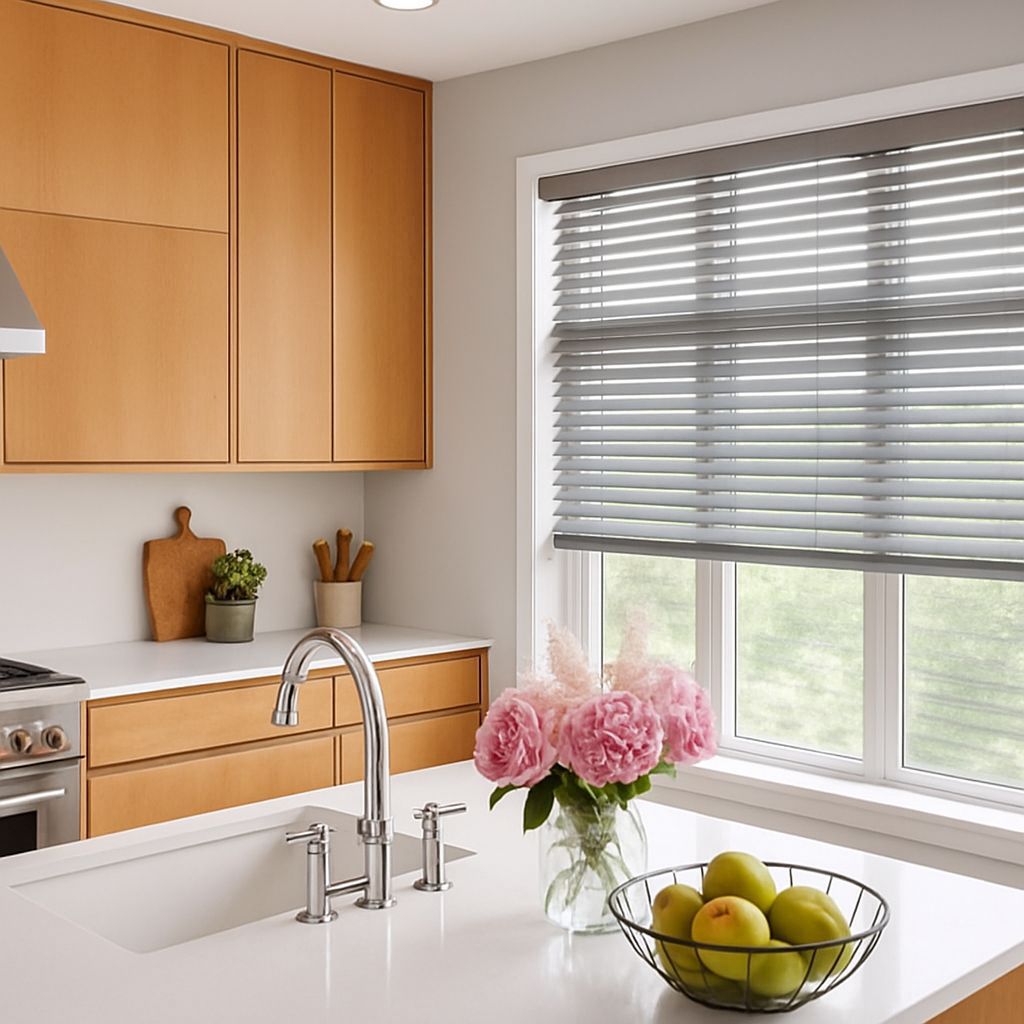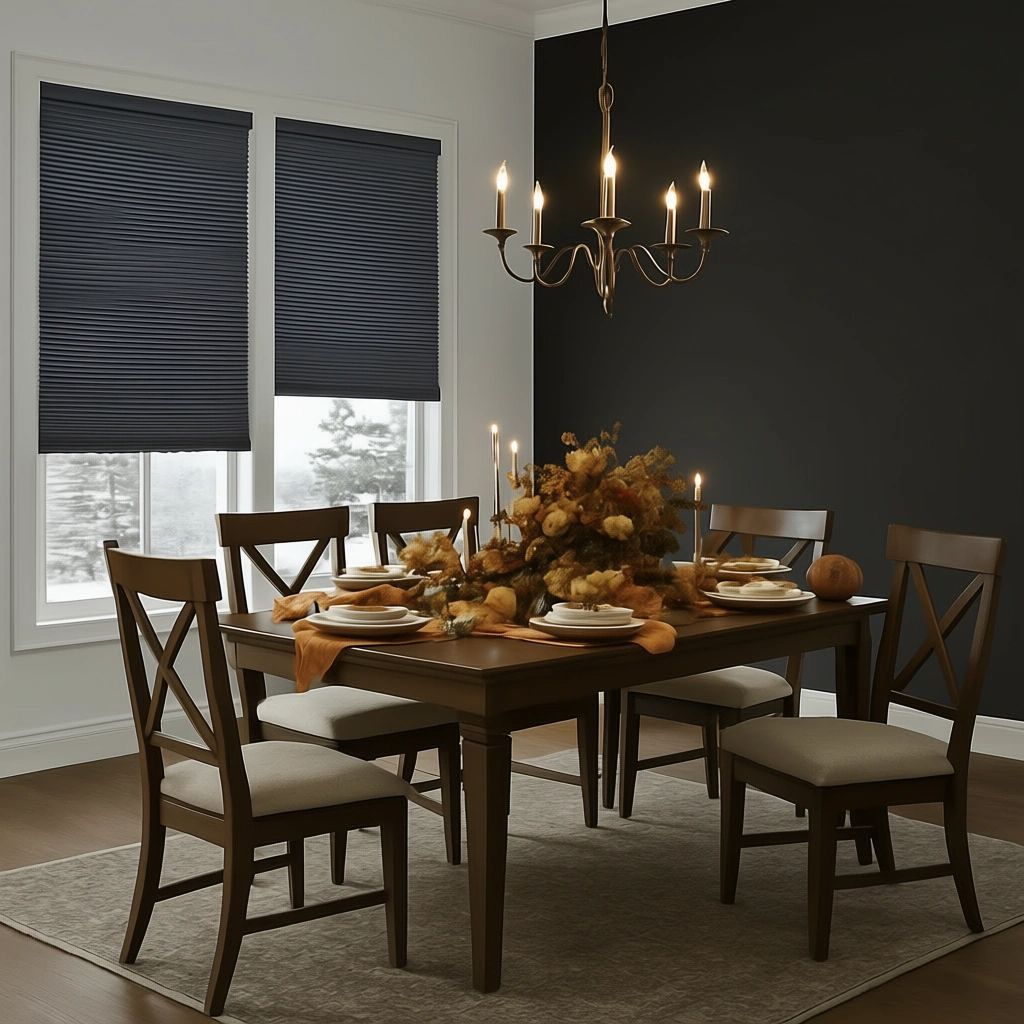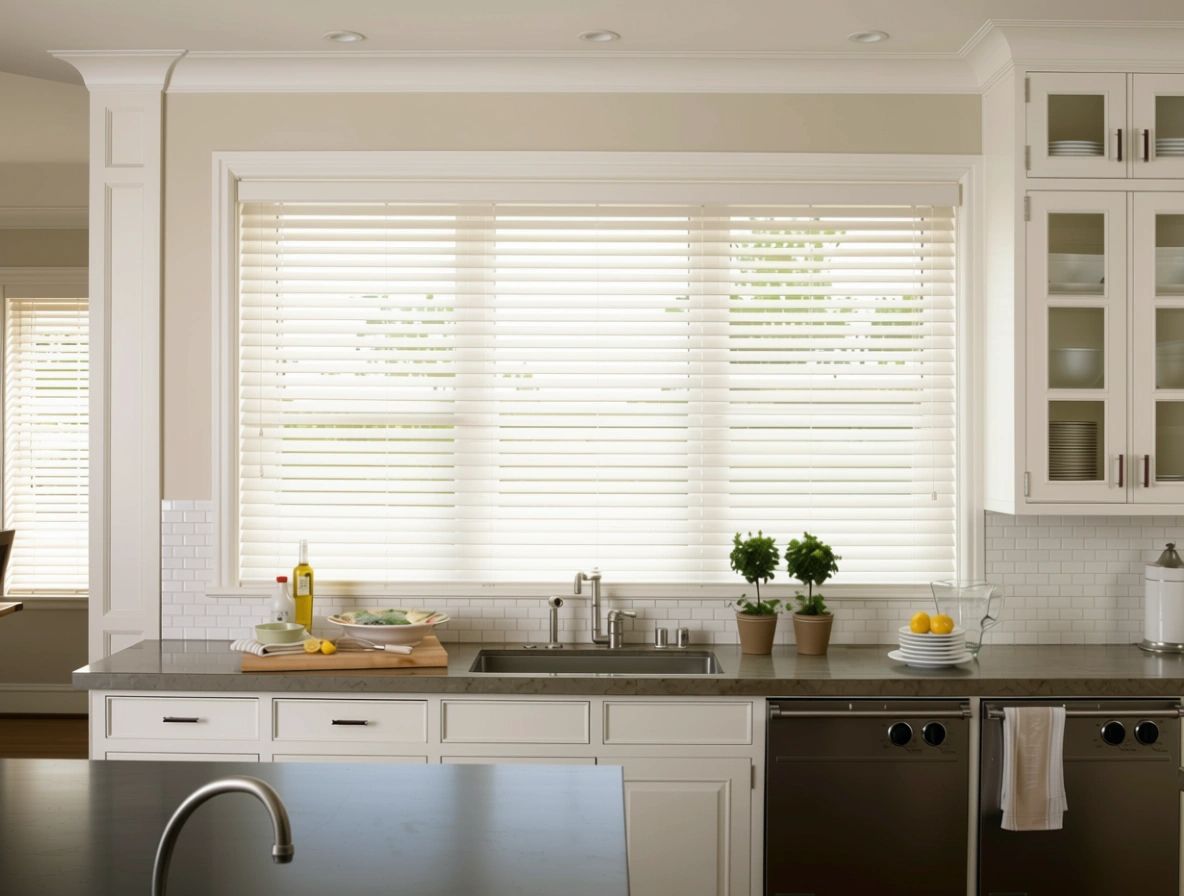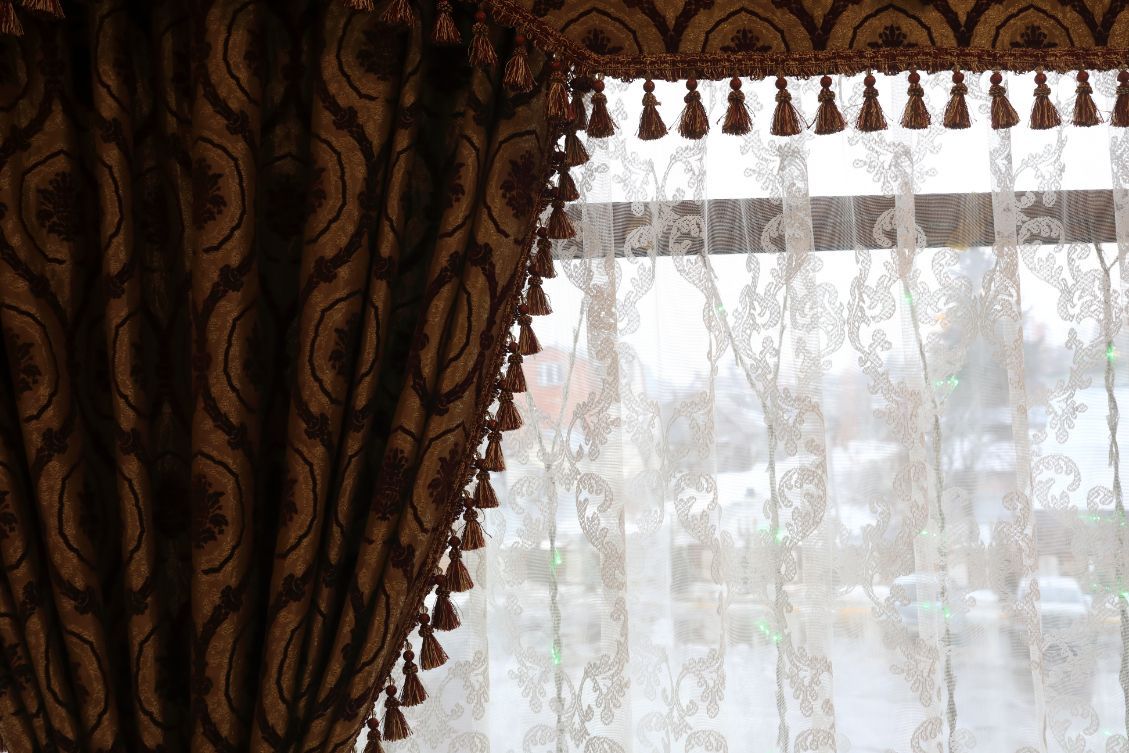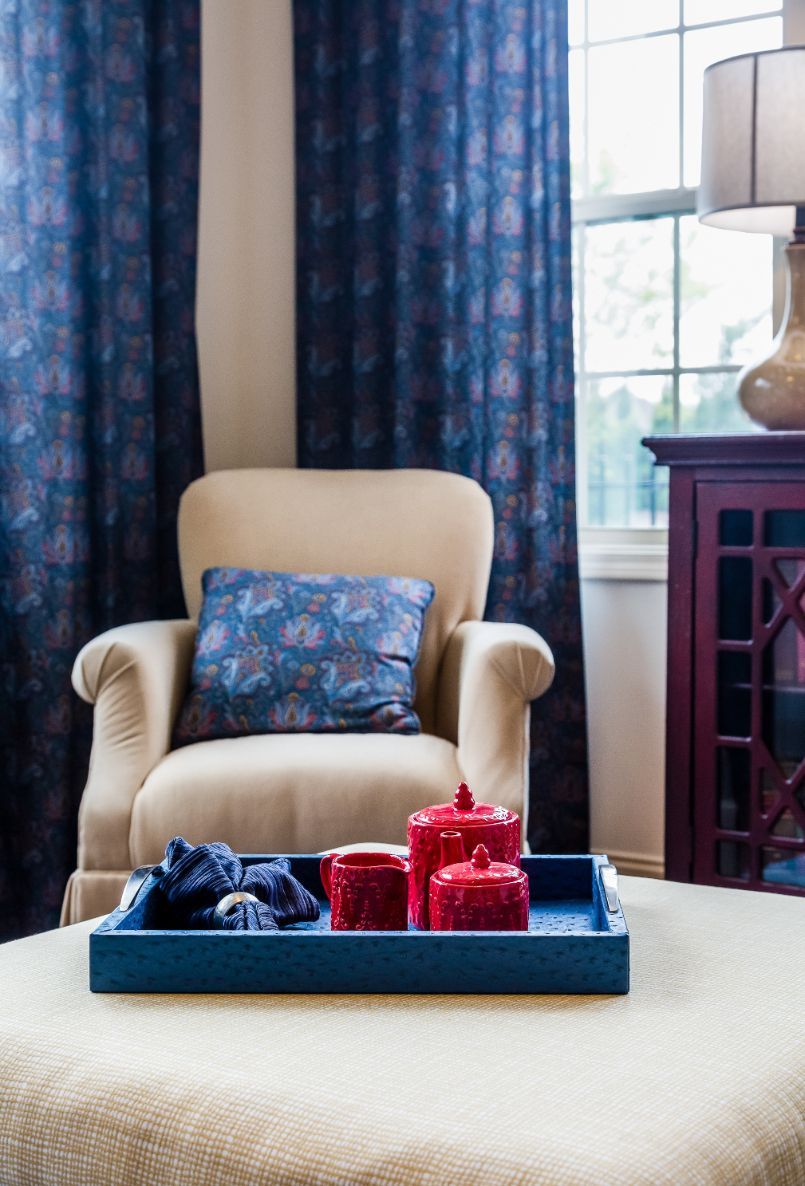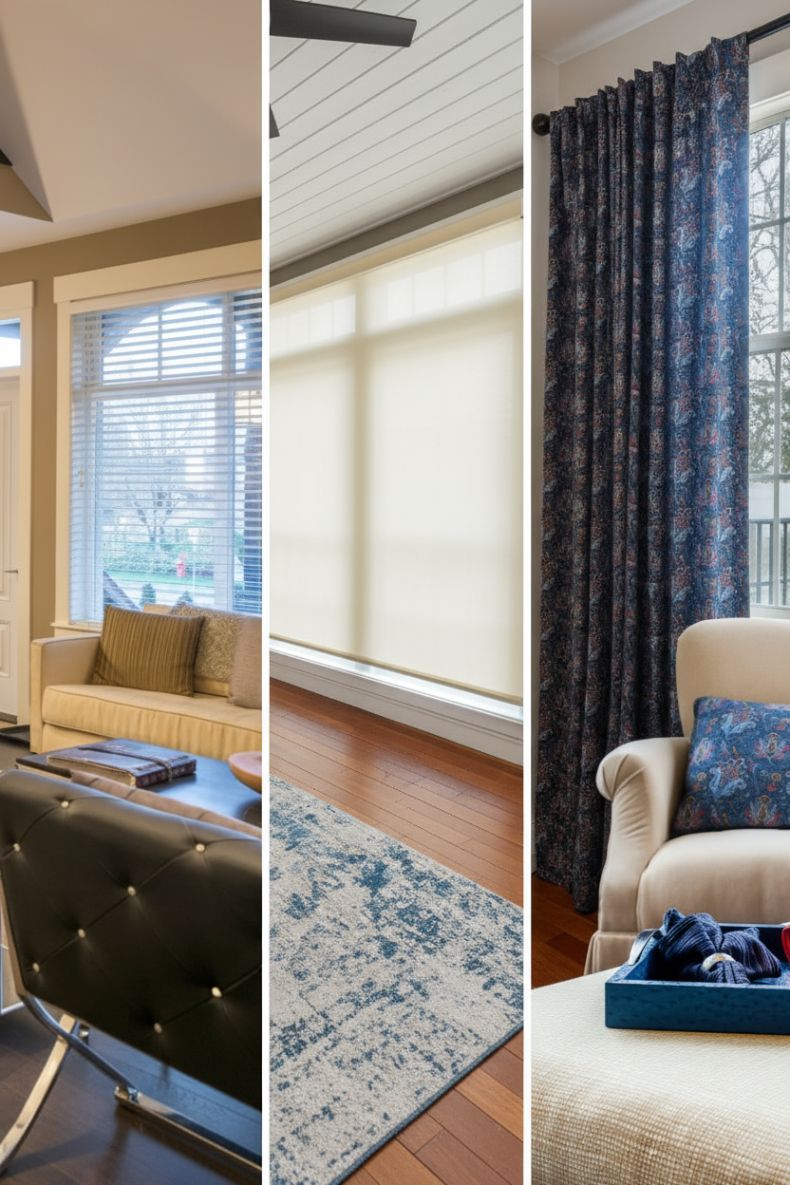How to Childproof Existing Blinds
Without Replacing Them
TLDR;
To childproof existing
blinds without replacing them, secure or eliminate access to blind cords using tools like cord cleats, cord winders, and breakaway tassels. These affordable fixes make blinds safer without needing a complete overhaul.
Why Corded Blinds Are Dangerous for Children

Corded blinds pose a silent but serious threat to young children. According to the U.S. Consumer Product Safety Commission (CPSC), blind cords are among the top five hidden hazards in American homes. Strangulation can happen in mere seconds when a child becomes entangled in a looped or dangling cord.
Even with improved awareness, incidents still happen. The Window Covering Safety Council (WCSC) reports that between 2009 and 2021, hundreds of fatal and nonfatal cord-related injuries occurred, primarily involving toddlers under 3 years old. These are not freak accidents—they are preventable hazards.
Evaluate Your Current Window Blinds

Before making any upgrades or changes, take stock of what you currently have.
Here’s a checklist for evaluating your existing blinds:
- Cord Type
- Looped cords (most dangerous)
- Continuous cord loops (common in roller, Roman, and vertical blinds)
- Single pull cords (common in Venetian blinds)
- Blind Style
- Horizontal (Venetian or mini blinds)
- Vertical blinds
- Roller shades
- Roman shades
- Cord Length & Accessibility
- Do cords dangle within reach of children?
- Are any cribs, beds, or toys near windows?
If your blinds include any type of looped or accessible cord, retrofitting is strongly advised.
Understand Safety Standards Before Modifying
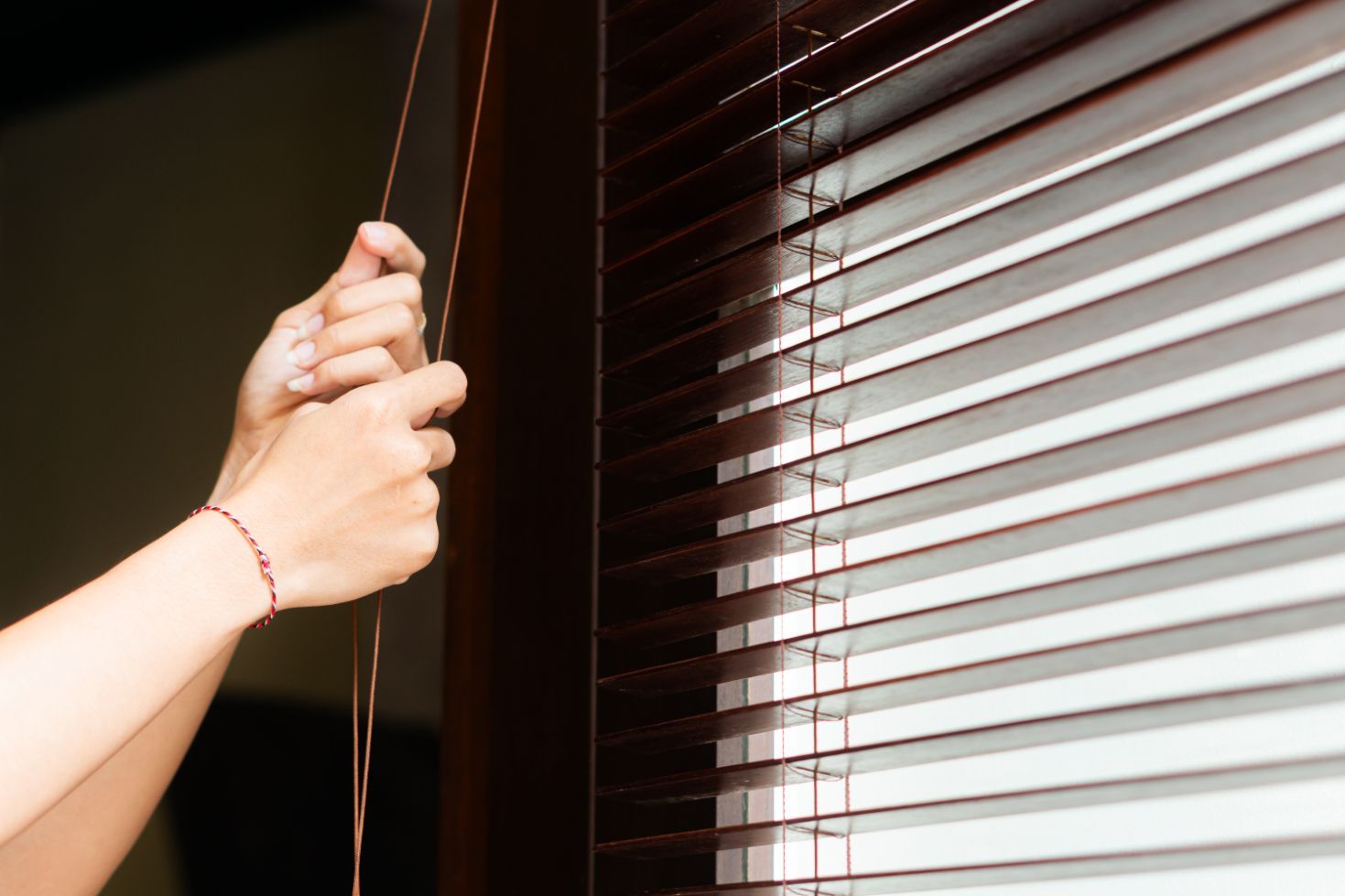
It’s important to align your childproofing efforts with recognized safety standards.
- CPSC Guidelines recommend using cordless blinds or at minimum securing cords to avoid loops.
- WCMA (Window Covering Manufacturers Association) updated their voluntary safety standards in 2018, limiting the production of hazardous corded blinds.
That said, homes built before these updates still contain millions of outdated
window treatments. Retrofitting them to meet safety standards is both responsible and cost-effective.
DIY Fixes to Childproof Corded Blinds
Here’s where you get hands-on. These solutions are affordable, effective, and don't require replacing the blinds entirely.
Install Cord Cleats (No Tools Needed)
Cord cleats are plastic or metal hooks you screw into the wall to wrap excess cord.
- Installation Tips
- Mount cleats at least 5 feet from the floor.
- Wrap the cord in a figure-eight motion after each use.
- Use two cleats for long cords—one on top, one midway.
- Best For
- Horizontal blinds, roller shades, and Roman blinds
- Cost
- Typically under $5 per pair
Use Cord Winders or Retractors
Cord winders reduce dangling length by wrapping excess cord internally or retracting them automatically.
- Types
- Manual winders
- Spring-loaded retractors
- Benefits
- Reduce visual clutter
- Prevent entanglement
- Ideal for renters or minimalists
- Best For
- Roman shades, roller blinds, vertical blinds
Apply Cord Covers or Wraps
Cord wraps are plastic or fabric sleeves that contain the length of the cord or attach them tightly along the wall.
- Application
- Route the cord through the cover and secure to the wall using adhesive strips or screws
- Use Cases
- Ideal for high-traffic areas or where aesthetics matter
- Bonus
- Cord covers come in various finishes and can be painted to match walls
Add Breakaway Tassels and Cord Joiners
Breakaway tassels separate under tension, preventing strangulation from closed loops.
- Installation
- Remove existing loop
- Tie cords separately
- Add a breakaway connector or tassel at the end
- Safety Feature
- The joiner breaks apart when pulled with moderate force, releasing the loop
- Where to Find
- Hardware stores
- Online retailers (search for "blind safety tassels")
Furniture Arrangement Matters
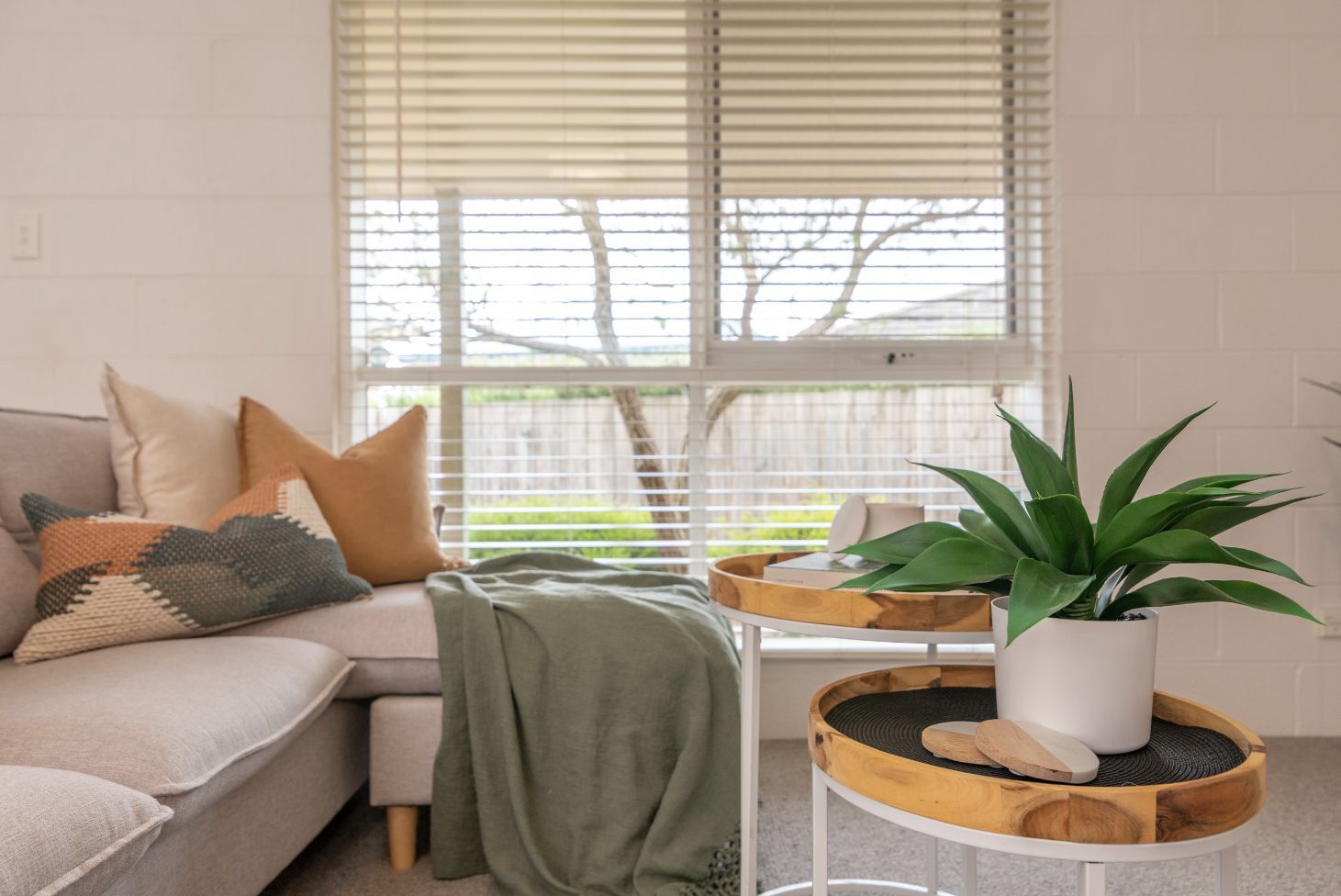
Even childproofed blinds become hazardous when furniture is placed improperly.
Avoid placing these items near windows with blinds:
- Cribs
- Toddler beds
- Toy boxes
- Climbing furniture
Tips for safe room layouts:
- Move beds to interior walls
- Avoid placing any step-accessible furniture below windows
- Consider using child-safe window locks for added security
A well-planned floor layout is a passive safety measure that costs nothing and reduces risk.
Cordless Conversion Options (No Full Replacement)
Some blinds can be converted to cordless operation without full replacement—an added bonus if your blinds keep falling down due to outdated or worn-out lift mechanisms.
Retrofitting Options:
- Cordless Retrofit Kits
- Replace the lift mechanism while keeping the blind itself
- Ideal for mini blinds and select roller shades
- Motorized Blinds
- Battery-powered or hardwired
- Can be voice-activated or remote-controlled
Compare Budget & Complexity:
| Option | DIY Level | Cost | Best For |
|---|---|---|---|
| Cord Cleats | Easy | Low | All corded blinds |
| Cord Winders/Retractors | Moderate | Low-Med | Roman, Roller, Vertical |
| Cordless Retrofit Kit | Advanced | Medium | High-risk areas, bedrooms |
| Motorized Conversion | Advanced | High | Smart homes, tech-savvy users |
Maintenance and Inspection Checklist
Childproofing isn’t a one-and-done process. Regular inspection keeps your blinds safe over time.
Monthly Maintenance Tips:
- Check cleats and wraps for looseness
- Ensure breakaway tassels are functional
- Look for frayed cords or detached hardware
- Replace any damaged safety components
Seasonal Upkeep:
- Check window hardware during spring and fall deep cleans
- Tighten any mounting brackets
- Reassess furniture placement in kids’ rooms
Frequently Asked Questions (With FAQ Schema)

